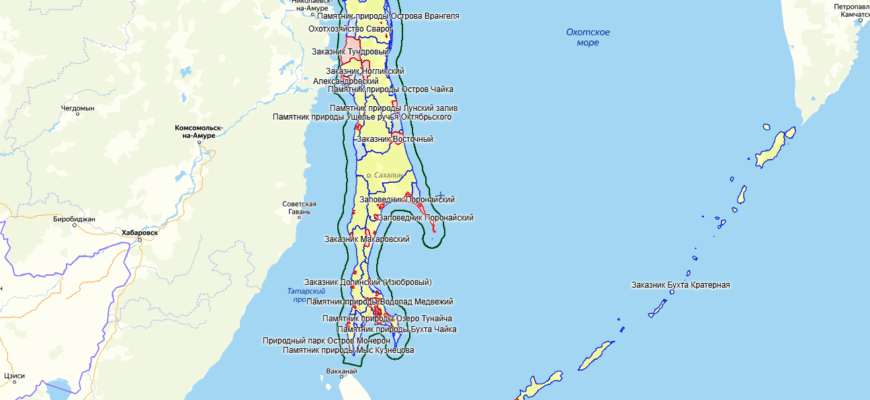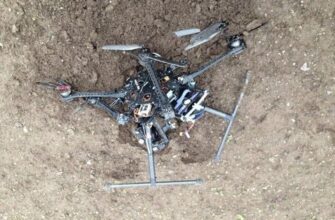In an intriguing intersection of modern engineering and ancient history, a routine power line reconstruction project on Russia`s far-eastern Sakhalin Island has inadvertently become an archaeological expedition. What began as a strategic upgrade to the island`s energy infrastructure has yielded a surprising harvest of cultural heritage, prompting a temporary halt to construction for a more profound excavation.
Powering Progress, Uncovering the Past
The discovery, announced by Sakhalinenergo, the regional power grid operator, occurred during the meticulous planning phase for the vital `Sakhalinskaya GRES-2 – Uglozavodskaya` transmission line. This particular line is no mere conduit; it`s a critical artery, linking key power generation facilities and ensuring the steady flow of electricity to the Dolinsky district. One might assume that the primary challenge for engineers would be the island`s rugged terrain or its unpredictable climate. Instead, they`ve encountered a silent, immovable obstacle: history itself.
The unearthed treasures present a fascinating timeline. Among the most recent finds are the remnants of a dugout or bunker, a poignant echo of the Russo-Japanese War (1904-1905). This conflict, though over a century old, shaped much of the region`s geopolitical landscape and left indelible marks, literally, on the land.
Delving deeper, archaeologists have also identified a dwelling depression, complete with an embankment, hinting at a much older settlement. But the true jewels of this unexpected bounty are the ancient artifacts themselves: meticulously crafted stone axes, fragmented pieces of ancient pottery, and preliminary tool blanks. These items whisper tales of human habitation stretching back millennia, long before the first maps were drawn or any modern conflicts were waged.
A Detour for Discovery: The Path Forward
Recognizing the immense cultural significance of these findings, Sakhalinenergo has promptly initiated a full-scale archaeological excavation. This isn`t just a perfunctory nod to preservation; it`s a dedicated effort. The work will encompass two distinct areas, totaling 500 square meters, and notably, will proceed without the use of heavy machinery. This hands-on, meticulous approach underscores a commitment to safeguarding these irreplaceable pieces of the past. The company anticipates completing these sensitive operations by the end of September.
While the primary objective remains the modernization of Sakhalin`s energy network—a program closely monitored by Governor Valery Limarenko to ensure robust and stable power supply—this unexpected archaeological interlude serves as a powerful reminder. It illustrates that progress often walks hand-in-hand with the past, and sometimes, the ground beneath our feet holds more than just potential for future development; it safeguards the very essence of our collective heritage.
This discovery on Sakhalin Island is not just about old objects; it`s about connecting the dots of human history in a region with a complex and often overlooked past. It`s a testament to the unexpected ways in which the demands of the present can illuminate the rich narratives of bygone eras, proving that even the most ambitious infrastructure projects must sometimes pause to listen to the echoes of antiquity.









